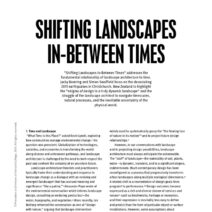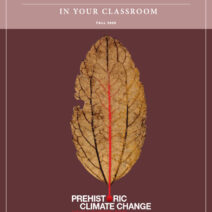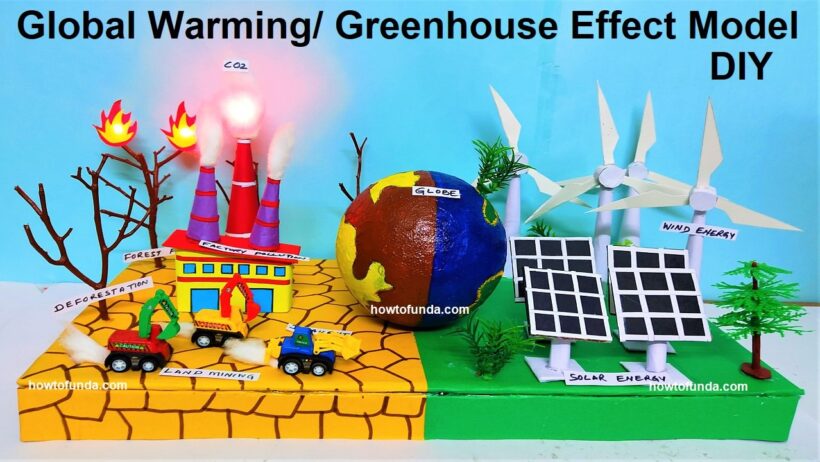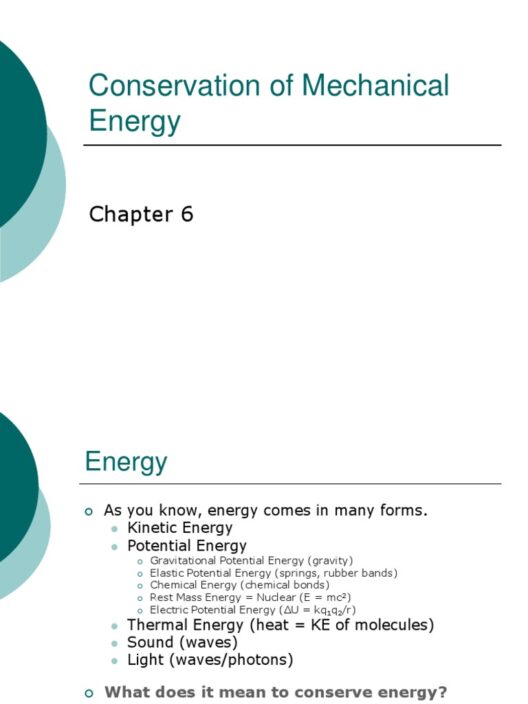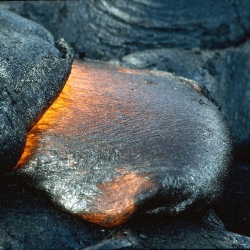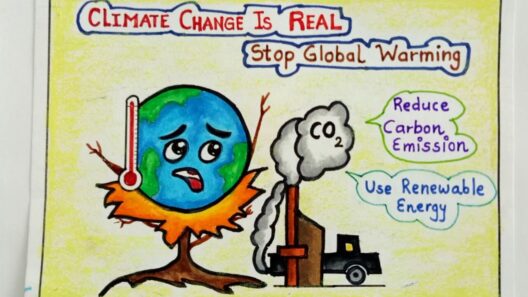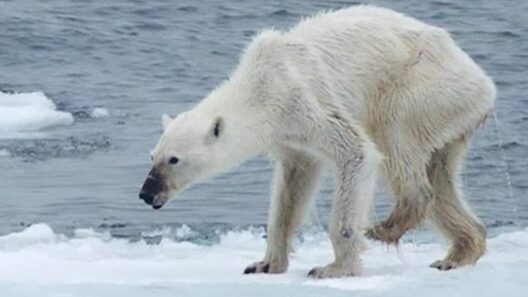The conversation surrounding climate change is often muddled with terms that, while frequently used, can lead to confusion. Two terms that frequently arise are “greenhouse effect” and “global warming.” While they are interconnected elements of climate science, they are not interchangeable. Understanding the nuances between these concepts requires an exploration of their distinct mechanisms and implications. A careful examination reveals that the greenhouse effect acts like a cozy blanket for the Earth, while global warming symbolizes an overstuffed and suffocating comforter, threatening to stifle the very life it aims to protect.
The greenhouse effect is an inherent phenomenon that has existed for millions of years. The Earth is enveloped by an atmosphere composed of various gases, including carbon dioxide, methane, and water vapor. These gases act as a natural barrier, trapping heat from the sun and preventing it from escaping back into space. This radiant embrace allows our planet to maintain a temperature conducive to life. Without the greenhouse effect, Earth would be a barren wasteland, inhospitable to plants, animals, and humans alike.
Imagine the Earth as a lush garden; the greenhouse effect is akin to a protective dome that ensures moderate temperatures so that life can flourish. This process is as fundamental as breathing—a vital mechanism that allows for the sustenance of ecosystems. However, this climate comfort comes with a critical caveat: when human activity accelerates the concentration of greenhouse gases, the balance that has governed the Earth’s temperature for millennia starts to tilt.
On the other hand, global warming is the manifestation of an imbalance in this delicate system. It represents a rising trend in surface temperatures primarily driven by the intensification of the greenhouse effect due to anthropogenic factors. For instance, the combusting of fossil fuels, deforestation, and industrial processes release excess carbon dioxide and other greenhouse gases. As these gases accumulate, they thicken the atmospheric blanket, leading to higher temperatures—like adding layers to that comforter until it becomes stifling.
The relationship between the greenhouse effect and global warming can be further illustrated through the metaphor of a well-maintained garden. If a gardener applies organic fertilizers judiciously, the plants thrive. However, an overzealous approach could introduce excessive nutrients, leading to algae blooms that choke out aquatic life. Similarly, the greenhouse effect is beneficial until human activities exacerbate its intensity, resulting in global warming—a stage where tolerable warmth morphs into excessive heat.
The implications of global warming are both far-reaching and alarming. Rising temperatures contribute to the melting of polar ice caps and glaciers, leading to a rise in sea levels. This phenomenon puts coastal cities at risk of inundation, displacing millions of people and devastating ecosystems. Additionally, as temperatures rise, weather patterns become increasingly erratic. More frequent and severe storms, droughts, and heatwaves serve as ominous harbingers of the chaos wrought by a warming planet.
Moreover, global warming has dire repercussions for biodiversity. Species that have thrived for centuries find their habitats increasingly untenable. Coral reefs, often referred to as the rainforests of the sea, experience bleaching events due to elevated water temperatures. This phenomenon not only endangers marine life but also impacts the livelihoods of millions who depend on these ecosystems for food and income.
Amidst these challenges, the distinction between the greenhouse effect and global warming becomes critically important for fostering effective climate action. It is not merely enough to acknowledge global warming; there is an urgent need to mitigate the human-induced factors contributing to the greenhouse effect. This realization stimulates discussions about the transition to renewable energy sources, sustainable agricultural practices, and the importance of carbon sequestration techniques.
Additionally, public awareness and education play a pivotal role. Individuals and communities must understand the greenhouse effect’s mechanisms and how their daily choices—ranging from energy consumption to transportation—can either alleviate or exacerbate global warming. Emphasizing the difference between these two phenomena can empower people to advocate for policies that reduce greenhouse gas emissions and promote sustainability.
Ultimately, recognizing that the greenhouse effect is a necessary natural process, while global warming represents its perilous overindulgence, enables a more constructive dialogue regarding climate action. Strategies to mitigate global warming must focus on restoring balance. Reforestation, the implementation of carbon pricing, and technological innovations in energy generation are just a few pathways toward achieving a sustainable future.
In conclusion, the conversation surrounding climate change is a complex tapestry woven with intricate threads of science and human behavior. The greenhouse effect and global warming, while inextricably linked, represent distinct facets of this tapestry. Awareness and understanding of their differences empower informed action. Just as a garden flourishes with attention and care, so too can our planet thrive if we foster a balanced approach to our greenhouse gases, ensuring that our beloved Earth remains a hospitable home for generations to come.
